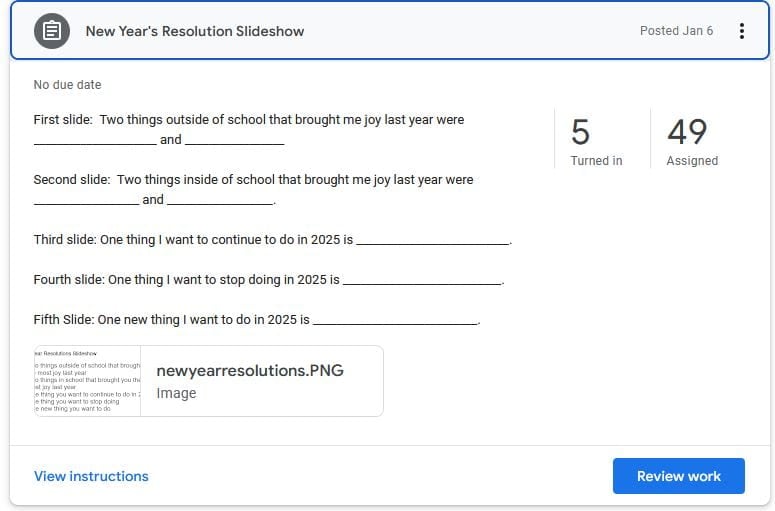Optimizing Call Routing Efficiency with Phone Number Carrier Lookup APIs
Efficient call routing is essential for businesses, SaaS platforms, and application developers striving to enhance customer experience. Phone number carrier lookup APIs provide accurate telecom data, allowing developers to optimize call flows, reduce costs, and prevent fraud. This blog explores how carrier lookup APIs streamline call management and improve communication efficiency. Understanding Phone Number Carrier Lookup APIs A phone number carrier lookup API retrieves detailed information about a phone number, including its carrier, line type (mobile, landline, VoIP), and geographical location. Developers use these APIs to enhance call routing strategies and filter out invalid or risky numbers before initiating communication. Key Benefits of Carrier Lookup APIs Optimized Call Routing – By identifying the carrier and line type, businesses can route calls through the most cost-effective and reliable channels. Enhanced Fraud Prevention – Filtering out fraudulent or high-risk numbers protects against scams and abuse. Cost Reduction – Minimizing unnecessary or misrouted calls helps lower operational costs. Improved Customer Experience – Calls are directed to the most appropriate channels, reducing dropped calls and delays. For seamless API integration and accurate telecom data, explore Numverify, a trusted provider of real-time lookup services How Developers Use Carrier Lookup APIs 1. Streamlining Call Routing Logic Developers can integrate carrier lookup APIs into their VoIP or PBX systems to route calls efficiently. The API response provides details such as: Carrier name Mobile or landline classification Country and region By leveraging this data, software applications can prioritize high-quality routes, ensuring better call connectivity and minimal disruptions. 2. Preventing Fraudulent Activities SaaS platforms, fintech applications, and communication providers use phone number carrier lookup APIs to verify numbers before processing transactions or communications. This is crucial for: Detecting disposable or virtual numbers used in fraud. Blocking high-risk or blacklisted numbers. Enhancing security by verifying customer details in real-time. 3. Enhancing Customer Support Systems Customer service centers optimize support operations by leveraging carrier lookup APIs to identify customer locations and preferred communication methods. This enables: Intelligent routing to the right department. Reduced wait times with direct agent assignments. Improved personalization by understanding the caller’s telecom provider. Top Informational Resources on Carrier Lookup APIs To further understand how carrier lookup APIs work and their impact on telecom infrastructure, explore these authoritative sources: Twilio - Carrier Lookup API Documentation GSMA - Mobile Carrier and Network Information Cloudflare - Phone Number Intelligence for Security NumVerify - Number Validation API Implementing a Carrier Lookup API in Your Application Integrating a carrier lookup API is straightforward, requiring minimal coding effort. Here’s a step-by-step approach: Step 1: Choose a Reliable API Provider Select a provider that offers comprehensive carrier lookup API services with high accuracy. Numverify provides reliable lookup solutions for developers. Step 2: API Key Registration Most APIs require an API key for authentication. Sign up for an API service and obtain your unique key. Step 3: Make an API Request Use a simple HTTP request to fetch carrier details. Example: import requests API_KEY = 'your_api_key' number = '14155552671' response = requests.get(f'https://api.provider.com/lookup?number={number}&key={API_KEY}') data = response.json() print(data) Step 4: Integrate Data into Your System Use the response data to refine call routing strategies and enhance security measures in your application. Key Considerations for API Selection When selecting a phone number carrier lookup API, consider: Accuracy of Data – Ensure the API provides real-time and up-to-date carrier information. Scalability – Choose an API that can handle high query volumes without delays. Security Compliance – Verify that the API follows industry standards for data privacy and security. Cost-Effectiveness – Compare pricing models to find the best fit for your budget. The Future of Call Routing with AI and APIs AI-driven call routing combined with carrier lookup APIs is shaping the future of telecom operations. Automated decision-making, predictive analytics, and machine learning integration are set to further enhance efficiency, making communication systems more intelligent and responsive. For businesses and developers looking for robust API solutions, Numverify offers high-performance carrier lookup and IP intelligence services to optimize call routing. Conclusion Phone number carrier lookup APIs are indispensable tools for SaaS

Efficient call routing is essential for businesses, SaaS platforms, and application developers striving to enhance customer experience. Phone number carrier lookup APIs provide accurate telecom data, allowing developers to optimize call flows, reduce costs, and prevent fraud. This blog explores how carrier lookup APIs streamline call management and improve communication efficiency.
Understanding Phone Number Carrier Lookup APIs
A phone number carrier lookup API retrieves detailed information about a phone number, including its carrier, line type (mobile, landline, VoIP), and geographical location. Developers use these APIs to enhance call routing strategies and filter out invalid or risky numbers before initiating communication.
Key Benefits of Carrier Lookup APIs
- Optimized Call Routing – By identifying the carrier and line type, businesses can route calls through the most cost-effective and reliable channels.
- Enhanced Fraud Prevention – Filtering out fraudulent or high-risk numbers protects against scams and abuse.
- Cost Reduction – Minimizing unnecessary or misrouted calls helps lower operational costs.
- Improved Customer Experience – Calls are directed to the most appropriate channels, reducing dropped calls and delays.
For seamless API integration and accurate telecom data, explore Numverify, a trusted provider of real-time lookup services
How Developers Use Carrier Lookup APIs
1. Streamlining Call Routing Logic
Developers can integrate carrier lookup APIs into their VoIP or PBX systems to route calls efficiently. The API response provides details such as:
- Carrier name
- Mobile or landline classification
- Country and region
By leveraging this data, software applications can prioritize high-quality routes, ensuring better call connectivity and minimal disruptions.
2. Preventing Fraudulent Activities
SaaS platforms, fintech applications, and communication providers use phone number carrier lookup APIs to verify numbers before processing transactions or communications. This is crucial for:
- Detecting disposable or virtual numbers used in fraud.
- Blocking high-risk or blacklisted numbers.
- Enhancing security by verifying customer details in real-time.
3. Enhancing Customer Support Systems
Customer service centers optimize support operations by leveraging carrier lookup APIs to identify customer locations and preferred communication methods. This enables:
- Intelligent routing to the right department.
- Reduced wait times with direct agent assignments.
- Improved personalization by understanding the caller’s telecom provider.
Top Informational Resources on Carrier Lookup APIs
To further understand how carrier lookup APIs work and their impact on telecom infrastructure, explore these authoritative sources:
- Twilio - Carrier Lookup API Documentation
- GSMA - Mobile Carrier and Network Information
- Cloudflare - Phone Number Intelligence for Security
- NumVerify - Number Validation API
Implementing a Carrier Lookup API in Your Application
Integrating a carrier lookup API is straightforward, requiring minimal coding effort. Here’s a step-by-step approach:
Step 1: Choose a Reliable API Provider
Select a provider that offers comprehensive carrier lookup API services with high accuracy. Numverify provides reliable lookup solutions for developers.
Step 2: API Key Registration
Most APIs require an API key for authentication. Sign up for an API service and obtain your unique key.
Step 3: Make an API Request
Use a simple HTTP request to fetch carrier details. Example:
import requests
API_KEY = 'your_api_key'
number = '14155552671'
response = requests.get(f'https://api.provider.com/lookup?number={number}&key={API_KEY}')
data = response.json()
print(data)
Step 4: Integrate Data into Your System
Use the response data to refine call routing strategies and enhance security measures in your application.
Key Considerations for API Selection
When selecting a phone number carrier lookup API, consider:
- Accuracy of Data – Ensure the API provides real-time and up-to-date carrier information.
- Scalability – Choose an API that can handle high query volumes without delays.
- Security Compliance – Verify that the API follows industry standards for data privacy and security.
- Cost-Effectiveness – Compare pricing models to find the best fit for your budget.
The Future of Call Routing with AI and APIs
AI-driven call routing combined with carrier lookup APIs is shaping the future of telecom operations. Automated decision-making, predictive analytics, and machine learning integration are set to further enhance efficiency, making communication systems more intelligent and responsive.
For businesses and developers looking for robust API solutions, Numverify offers high-performance carrier lookup and IP intelligence services to optimize call routing.
Conclusion
Phone number carrier lookup APIs are indispensable tools for SaaS platforms, telecom providers, and application developers aiming to optimize call routing and security. By integrating these APIs, businesses can improve customer communication, prevent fraud, and reduce costs effectively. To explore reliable lookup solutions, visit Numverify today.





































/https://tf-cmsv2-smithsonianmag-media.s3.amazonaws.com/filer_public/b9/66/b966cb9e-8fe2-4d1c-bd7a-ba59740291ae/smithmag-podcast-s03-ep02-auroras-article.jpg?#)







































